Harry Kroto tells us how analytical chemistry shaped the discovery of fullerenes

Can you give us a sneak preview of your Pittcon plenary lecture ‘Exameter objects to nanometer ones and back again’?
What I want to emphasise in this lecture is that the discovery of C60 started off from an interest in massive clouds of gas in interstellar space – some of them are 100 light years across. The chemistry in those clouds is quite fascinating and, in some parts of them, you find carbon is rather abundant. I thought that this carbon was coming out of stars and my interest led to the experiments that uncovered C60. That prompted conjectures about whether C60 was actually in space, and then in about 2010 the Spitzer infrared telescope discovered it in those clouds in space. And that’s the idea behind that curious title: that you go from these huge objects, an interest in radio astronomy, into the nanoscale world and back again out into space.
But I also want to emphasise that there are now 15,000–20,000 papers on C60, probably two or three times that on nanotubes, and graphene is sky-rocketing as well, and C60 discovery was really the seed or catalyst for things of this nature. But it was not strategic research; it was me being puzzled about things in a totally different area. I want to emphasise that from a research funding point of view, because it’s very important to recognise that that sort of research has historically been very important.
How did you use analytical chemistry to discover C60?
We used mass spectrometry to detect it, and then Wolfgang Kratschmer and Donald Huffman – who extracted it – used IR fingerprinting and X-ray crystallography to identify it. We then used NMR, which was rather nice because with a single NMR line you can prove that it must be the structure we now know. This is the only structure in which you can get 60 carbon atoms to be equivalent other than a monocyclic ring, and we knew it wasn’t that.
In my life I’ve had five single-line detections: the detection of carbon chains in space was by single line, and the detection of C60 mass spectrometrically was a single line and the proof of its structure was a single-line NMR. There is a single strong NMR line if you’ve got pure C60, and that proves that all the carbon atoms are equivalent.
Tell us about the instruments that you’ve used.
In my most recent work – which I’m also going to talk about – we’re now using Alan Marshall’s brilliant FT-ICR [Fourier transform ion cyclotron resonance] mass spectrometer at the National High Field Magnet Laboratory here at Florida State University. He invented this technique quite a while ago, but over several years has developed it into an incredibly powerful technique in which you can resolve almost anything – there’s no ambiguity between various signals. For example, CH2 is ostensibly m/z 14 but so is nitrogen – you can resolve those with his resolution and this is now the highest resolution mass spectrometry technique available.
It’s probably a billion-dollar industry, being used by oil companies to analyse their oil phenomenologically. I think in the future it will be used for things like personal medical diagnosis.
We’ve used it to fit another very important piece of information into the jigsaw puzzle of how C60 is formed. It’s a really nice result, it now shows that, at least in the techniques we use, fullerenes grow by inflation: small fullerenes accrete carbon from carbon atoms and diatomic molecules from a hot vapour and ‘inflate’ into C60 and other larger species.
Will you be around for all of the meeting?
No, I won’t be able to be in much of the meeting, only a very short period. But I’ll visit one or two of the talks – I like to go to a conference and be surprised. I like to look through the list and say ‘Hmm, that looks interesting,’ and use it to find something out about an area I don’t know much about, or something that perhaps I hadn’t thought of. But the FT-ICR spectrometry stuff is really quite something – it has spectacular resolution.
If you’d had today’s instruments and computing power, how do you think it would have affected your early work?
The microwave spectroscopy that I did earlier was with a Hewlett-Packard spectrometer which was an outstanding machine, but I think the discovery of C60 at Rice with Rick Smalley and Bob Curl would have been a little easier. The main thing is that, instead of building the technology oneself, one could have just bought it. On the other hand, sometimes adversity makes it more exciting – it would have taken a little bit of the excitement out of the exercise but it certainly would have made life easier.
To think of a very exciting day of my life, if we’d used modern technology and computing power, we wouldn’t have had the build-up and the sudden achievement. In about 1976, we were running a radio telescope for several hours, only able to guess that we had signal – we only had the computing power to run the telescope, not enough to analyse the data at the same time. It was only after we’d stopped the instrument that we could analyse the signal, and it suddenly appeared – so it would have made it a lot less exciting with modern computers.
What advice do you have for young scientists?
One thing is that science can make a humanitarian contribution to society and it’s important to feel that you can do that. Personally, I didn’t set out to win any prizes – my research has always been what interests me, and not what interests other people. I’ve been fortunate to be able to just study the areas that interested me personally; sometimes you get a big surprise rather than the goal you’re seeking. Do it because you’re fascinated by a problem and follow it through. At the end of the day, one quality that I think I have which not everybody else has is not that I’m smart – I don’t feel I’m smarter than anyone else – but I do have determination to see things through to the end. And I never put in a second-rate effort.
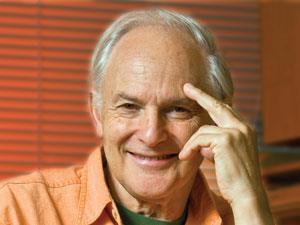
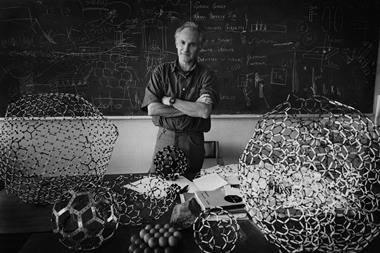
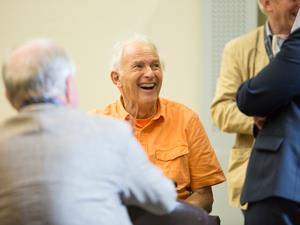
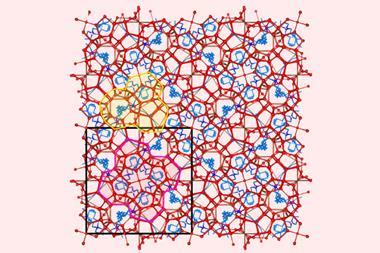
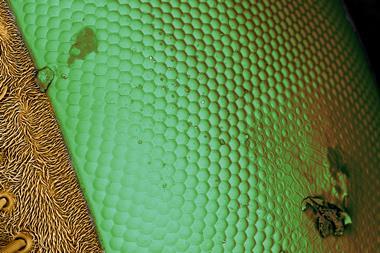
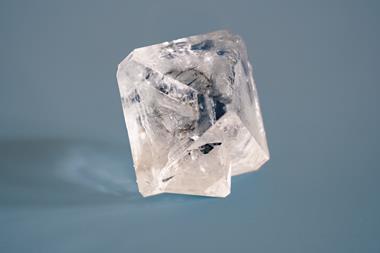
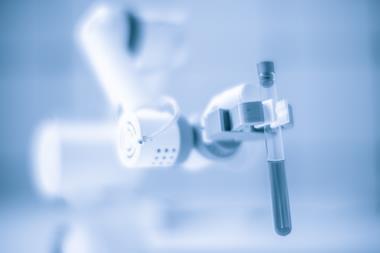
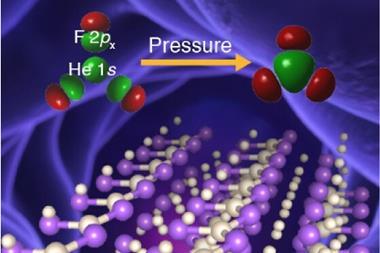
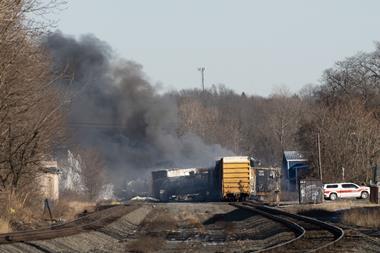

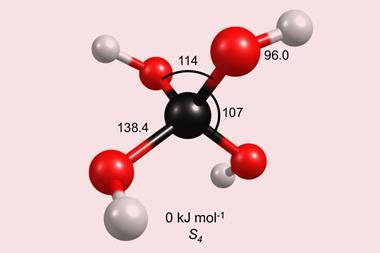

No comments yet